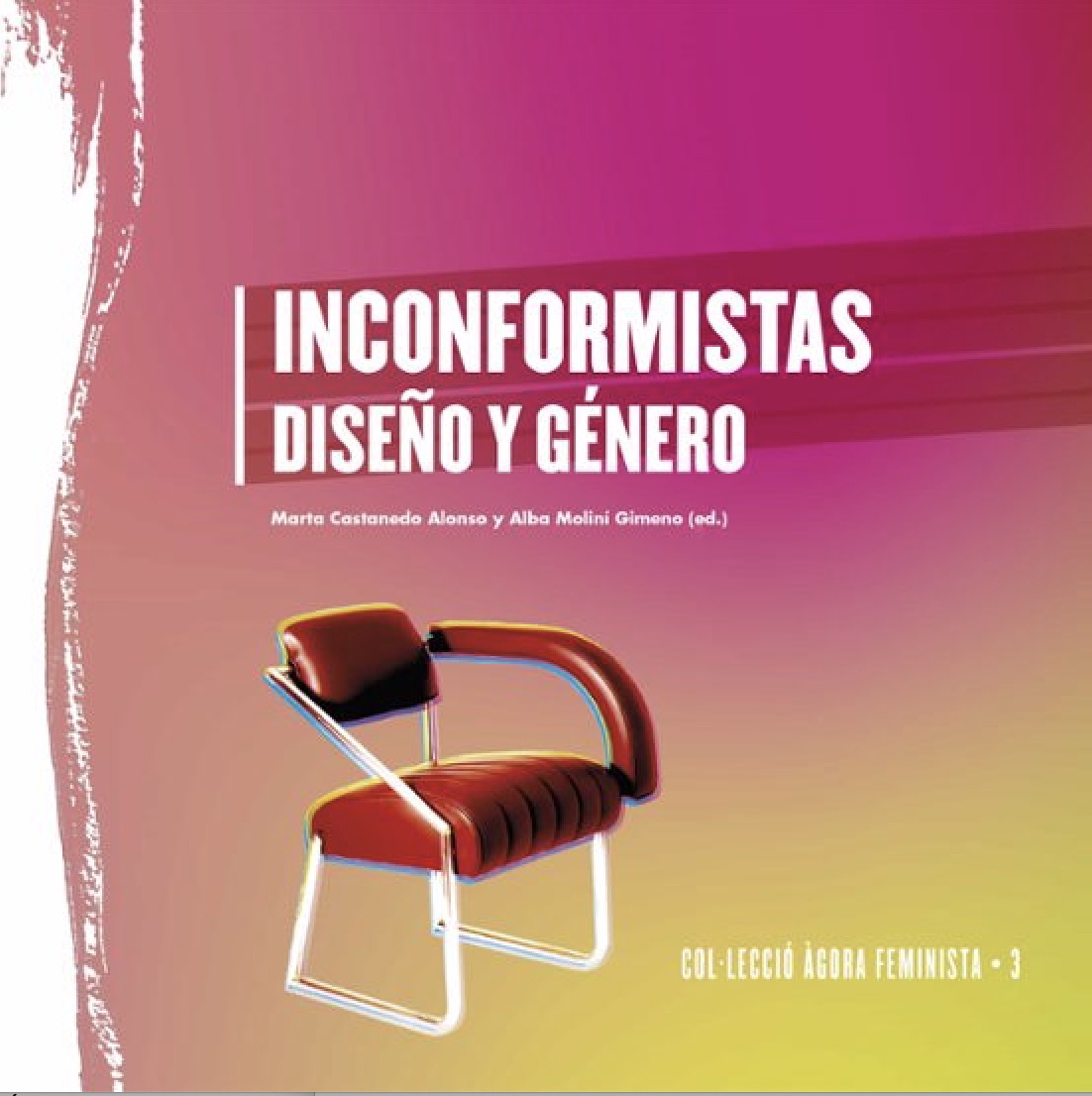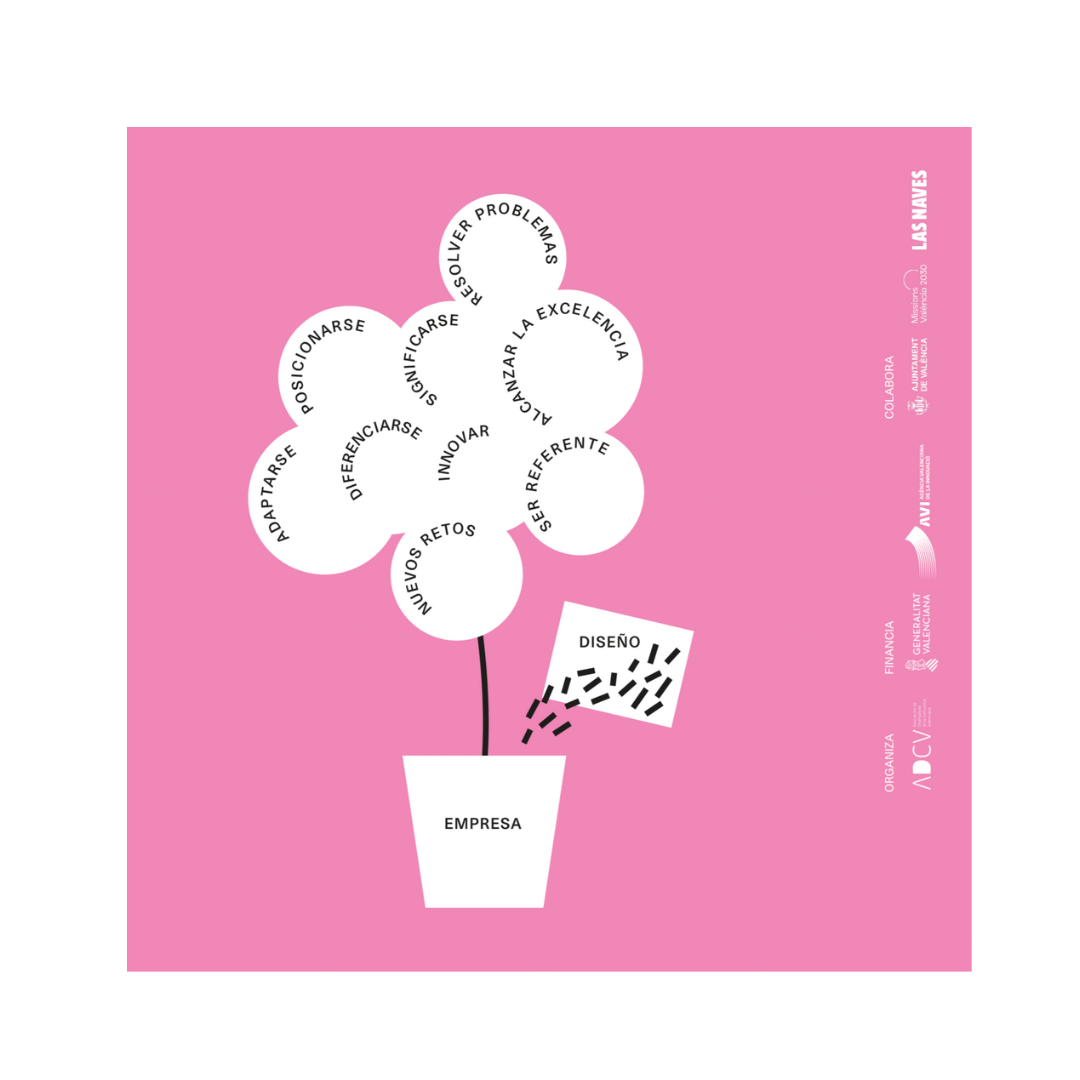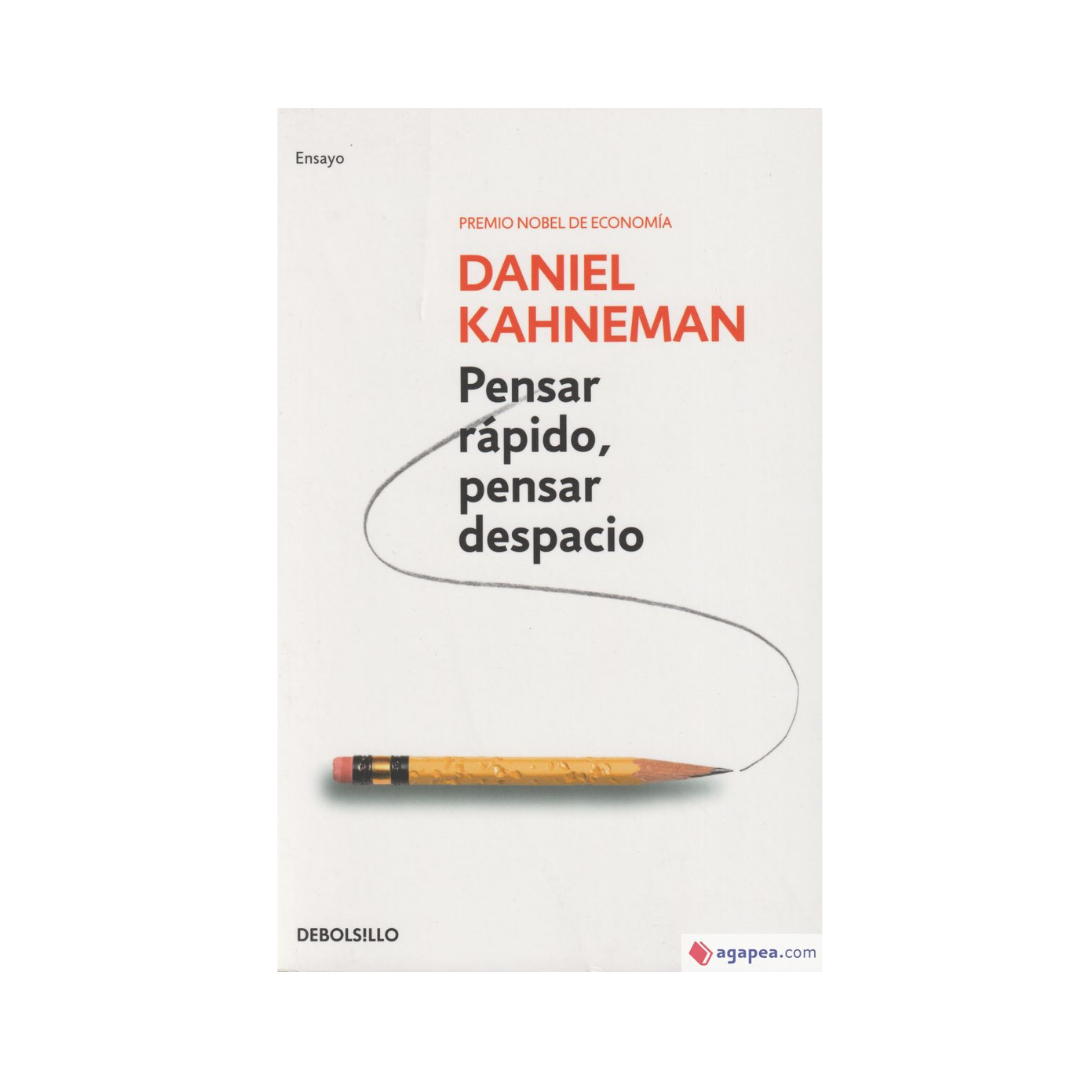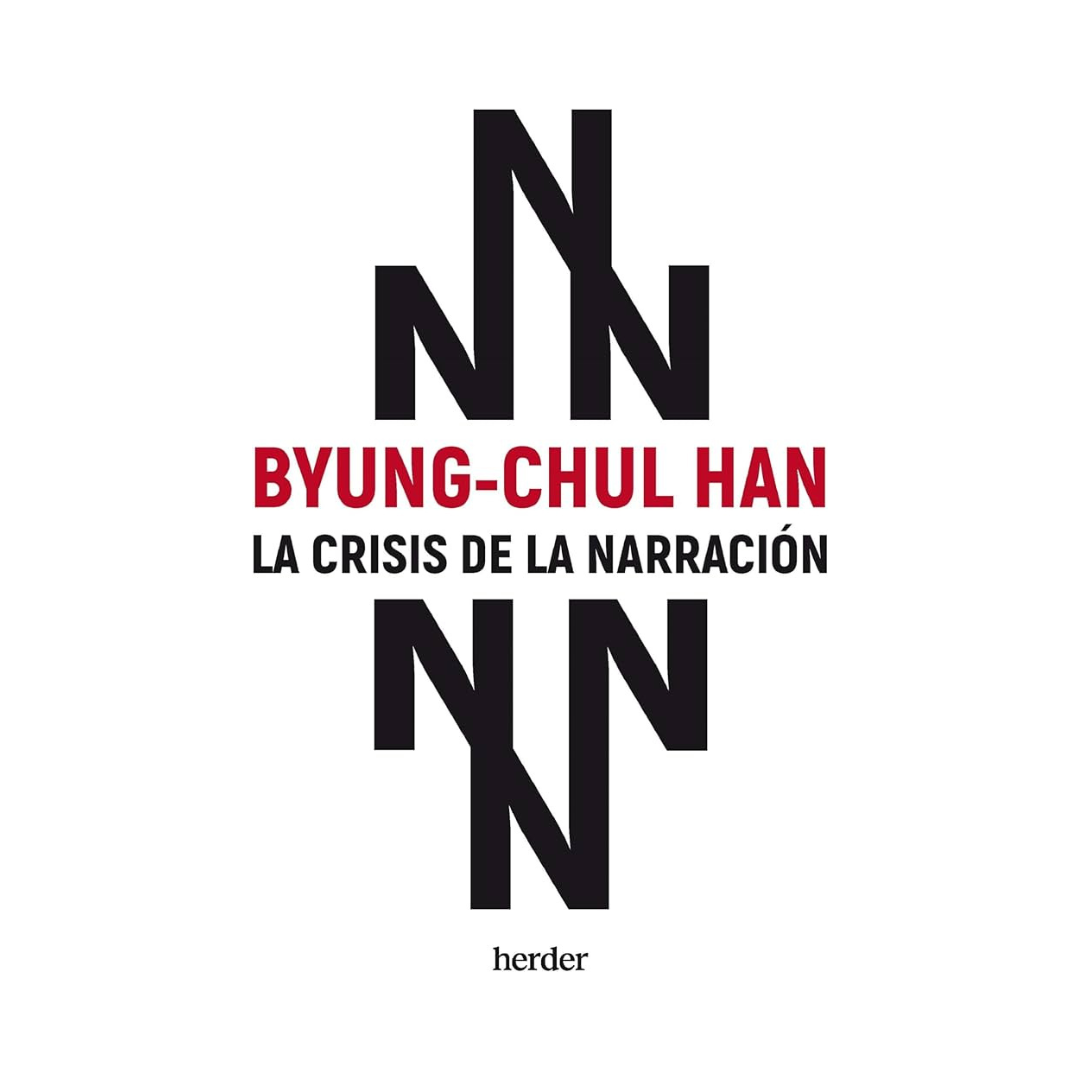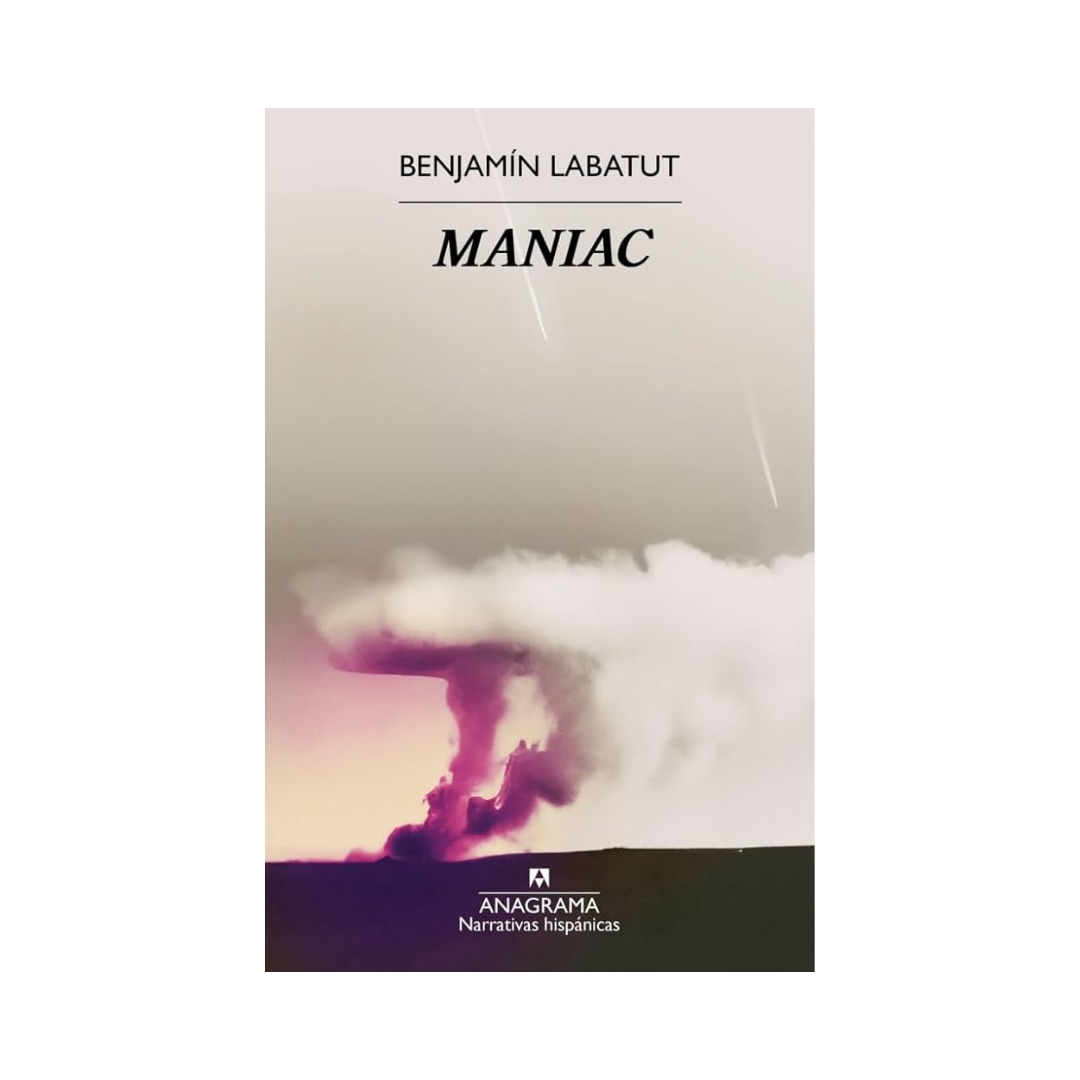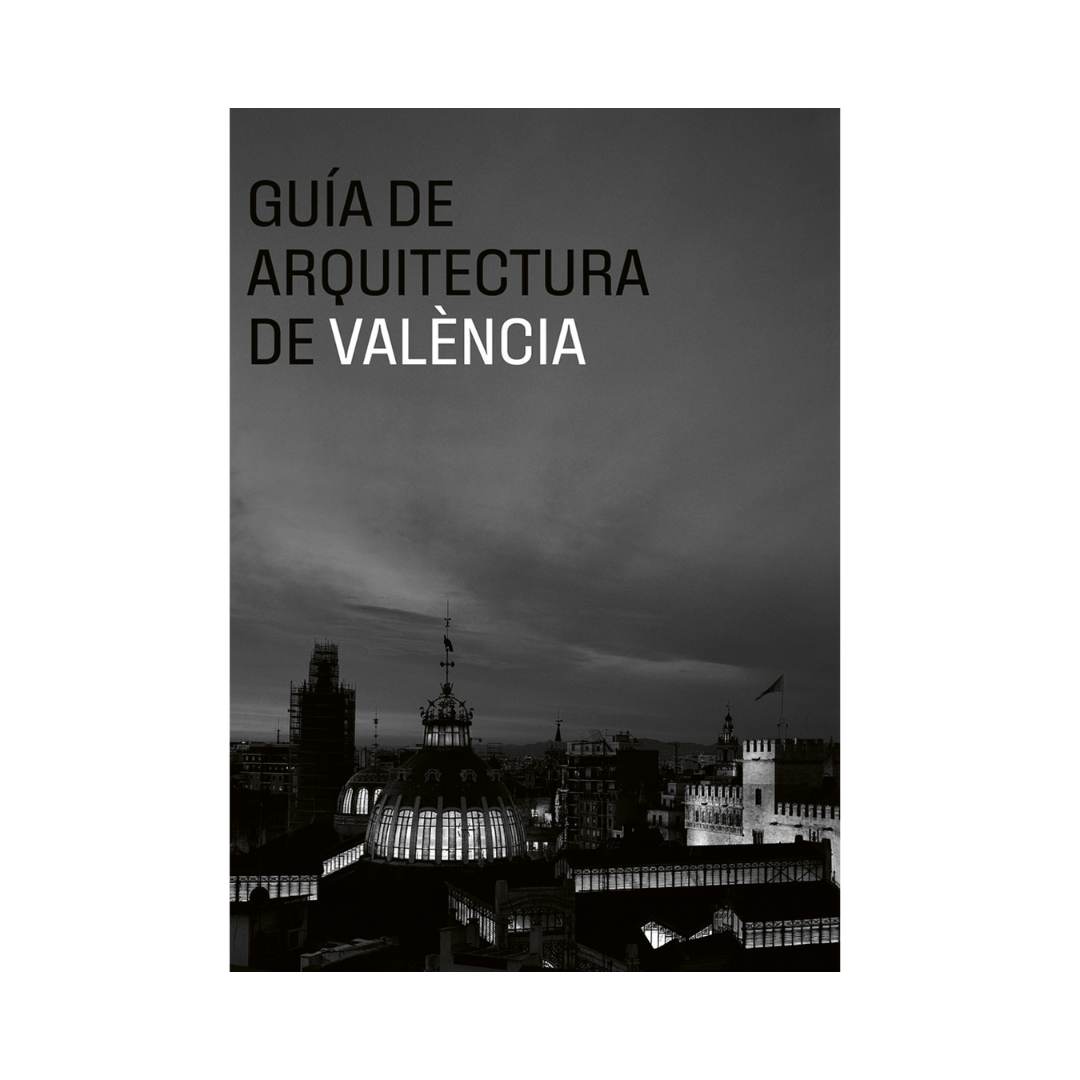Resources
News
What books do our board members recommend?
What books do our board members recommend?

In book month, we wanted to know what titles are on the shelves of some of the people who are part of the Fundació del Disseny. The result is an exceptional list of essential readings:
NACHO LAVERNIA
Temporada de huracanes | Fernanda Melchor | Random House
For me, the best novel in Spanish in recent years. A turbulent, Mexican story, told like a river, with extraordinary prose.
Obra maestra | Juan Tallón | Anagrama
Art, with capital letters, and its miseries, seen from inside and outside from a 28-ton sculpture by Richard Serra! Nobody knows how the Reina Sofía lost. It may also be a tribute to the sculptor who has just died.
El loco | Juan Luis González | Península
For those concerned with the future of politics. A biography of Javier Milei, the unprecedented president of Argentina (Oh, Argentina!). An example of how the most unexpected and unwanted things can happen to us if we don’t wake up (Oh, future!).
ROSALÍA TORRENT
Inconformistas. Diseño y género | Marta Castanedo and Alba Molini | Colección Ágora del Instituto Universitario de Estudios Feministas y de Género de la Universitat Jaume I de Castelló.
Throughout our lives, human beings relate to a series of objects that are fundamental to our development, objects that can embody characteristics underlying a certain intention. The shapes, colors, materials, textures… are not entirely innocent. As feminist research has shown, these characteristics can respond to gender stereotypes. That is to say, when designing you can keep in mind a specific idea of women that, on the one hand, simplifies the existing diversity and, on the other, contributes to perpetuating inequality between genders. However, just as objects help maintain these relationships, they can also transform them. To do this, the first step is to become aware of this reality. Readings like the one we now propose are situated in this sense.
KIKE CORRECHER
Nueve patrones de uso del diseño en las organizaciones | Romina Jaimovich, Alicia García, Kike Correcher, María Navarro, Pablo Mondragón, Vicente Blasco | ADCV
This is a pioneering anthropological study on the true uses of design in organizations, illustrated by nine patterns that are repeated in different situations, and that show the “powers” of design.
Pensar rápido, pensar despacio |Daniel Kahneman, Amos Tversk | Debate
I think everyone should read this book, because it is surprising to discover the mechanisms by which we make decisions on a daily basis, how circumstances influence us and how poorly we understand statistical data. Fundamental tools to navigate the age of overinformation.
La crisis de la narración | Byung-Chul Han | Herder
I already know that he is the fashionable author because his books are easy and hit the nail on the head of current problems, but this one is especially suggestive for people who are dedicated to communication. We are experiencing the storytelling boom, but Byung-Chul Han sees this boom as a trick of the system to tie us to consumption (storyselling). Narration is the mechanism by which human beings bond, but it is being banished by storytelling, which is purely information, the opposite of narration.
XAVIER GINER
MANIAC | Benjamin Labatut | Anagrama
Wonderful novel about the return effects on the subjectivity of scientists of the headless rationality of contemporary science. A dizzying journey from the origins of computing to artificial intelligence.
Economías del Diseño | Guy Julier | Experimenta Libros
Excellent essay by a researcher who combines, like few others, knowledge of design as a practice, its place in culture and its value in the economy, beyond economicist approaches.
Del Danubi al Túria. Memòria del moble corbat Valencià (1880-1936) | Julio Vives | Arxiu Valencià del Disseny
The most extensive monograph published on Valencian curved furniture: its origin, its reception and its success. Fundamental to understanding the birth and power of the furniture industry in Valencia. It includes the reproduction of the Catalog of “Hijos de Ventura Feliu” from 1924, now that it has been 100 years since its publication, as an example of the triumph of an industry that transformed our society, our culture and our economy.
MARINA SENDER
Guía de Arquitectura de Valencia | Francisco Tabernes Pastor and Amando Llopis| CETAV
The new edition of the Architecture Guide allows the reader to advance in their knowledge and enjoyment of their city, offering more than 600 files with information on interesting buildings. This Guide serves as a walking assistant, as a route and route guide or as a reference manual for both Valencians and tourists who visit our city, helping to position Valencia in a cultural context and highlighting our architecture. In addition, it presents a careful and attractive design, designed by Marisa Gallén, 2019 national Innovation and Design award.
ROMÁN DE LA CALLE
Diálogo sobre el gusto y otros escritos de estética | Allan Ramsay| Universidad de València
 This edition includes the three works that Ramsay dedicated to topics of aesthetics, translated for the first time into Spanish: ‘Essay on Ridiculousness’ (1753), ‘Dialogue on Taste’ (1754) and ‘Investigación sobre la Villa Sabina de Horacio’ (unpublished during the author’s lifetime). Their joint reading provides a synthesis of the main themes of aesthetics and theory of European art of the second half of the 18th century. On the one hand, Ramsay was the first to philosophically problematize taste, whose distrust of it led him to prioritize Aristotelian mimesis, generating all subsequent reflection on the norm of taste; On the other hand, his knowledge of the remains and historical theories of Greco-Roman Antiquity caused him to denigrate the Romans before the Greeks, aligning himself with Winckelmann and giving rise to Piranesi’s heated criticism.
This edition includes the three works that Ramsay dedicated to topics of aesthetics, translated for the first time into Spanish: ‘Essay on Ridiculousness’ (1753), ‘Dialogue on Taste’ (1754) and ‘Investigación sobre la Villa Sabina de Horacio’ (unpublished during the author’s lifetime). Their joint reading provides a synthesis of the main themes of aesthetics and theory of European art of the second half of the 18th century. On the one hand, Ramsay was the first to philosophically problematize taste, whose distrust of it led him to prioritize Aristotelian mimesis, generating all subsequent reflection on the norm of taste; On the other hand, his knowledge of the remains and historical theories of Greco-Roman Antiquity caused him to denigrate the Romans before the Greeks, aligning himself with Winckelmann and giving rise to Piranesi’s heated criticism.
Teoría del arte y cultura digital |Juan Martín Prada | AKAL

This book addresses the main questions and challenges of aesthetics and art theory, in the increasingly complex context of digital culture. It offers a broad, deep and detailed study of the new questions, categories and concepts that have emerged in the artistic field as a result of the transformations caused by the information revolution, placing special emphasis on what happened in the first two decades of the 21st century.
The perspective of philosophical analysis of new artistic practices establishes in this writing a continuous and very personal dialogue with the methodologies of Visual Studies and Art History. This is to facilitate the understanding of the main artistic strategies most committed to critical reflection on the digital age, as well as to glimpse its lines of evolution in the future.
The text emphasizes central problems in recent art, such as the production of subjectivity, difference, identity or participation, analyzing them in their specific relationship with some of the new technological developments (social networks, artificial intelligence, augmented reality or real virtual).
A book, in short, fundamental for understanding the impact that digital evolution is having on the development of artistic creation in our present, as well as about the new paths that are opening up for its theorization, dissemination and commercialization.
La Nave. 1984-1991 | Nacho Lavernia, Juli Capella, Quim Larrea, Ramón Úbeda, Rosalía Torrent, Joan M. Marín, José Francisco, Sánchez Robledo | Gràffica
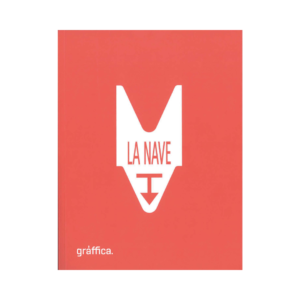
La Nave was a collective of designers that was born from the merger of the Caps i Mans and Enebece (NBC) studios, hosting eleven professionals from different disciplines, from industrial and graphic designers to visual artists, architects and quantity surveyors: Eduardo Albors, Paco Bascuñán, José Juan Belda, Carlos Bento, Lorenzo Company, Sandra Figuerola, Marisa Gallén, Luis González, Luis Lavernia, Nacho Lavernia and Daniel Nebot.
The group became a reference for design in the 1980s and a special way of understanding the discipline of graphic and industrial design. The creation of the State of Autonomies and the need to modernize public administrations meant, in fact, an explosion of job opportunities. It was necessary to create and give an image to new political and social institutions and modernize others tinged with the gray halo of the dictatorship, absolutely discredited in Europe.
La Nave led the transition from a classical conception to a postmodern mentality, which adapted to the new social and productive reality in which the communicative value of the object was gaining ground over the functional aspects. At the same time, the market and its insatiable need for novelty began to take over. It was, therefore, the intermediate step between the modern movement and its motto “form follows function” and the current situation, in which the motto could be transformed into “form follows the market.”
 The retirement of Jaime Siles, professor, has been the occasion to pay tribute to the work of Jaime Siles, poet. For this reason, this book is destined to become an essential milestone for all who study his work in the future. In fact, it begins with a contribution signed by Henry Gil that to date constitutes the most detailed investigation into his literary work. This is followed by small works focused on his figure or on other literary themes that surely contribute to explaining the literary and critical panorama of European literature. The merit of this volume does not end there, because it includes poems—some unpublished—that famous poets dedicate to Siles, as well as brief reviews by friends that help situate Siles within contemporary European literary, academic, and personal life. Consequently, this is an extensive book that summarizes the life of a poet who is also a critic, teacher and thinker.
The retirement of Jaime Siles, professor, has been the occasion to pay tribute to the work of Jaime Siles, poet. For this reason, this book is destined to become an essential milestone for all who study his work in the future. In fact, it begins with a contribution signed by Henry Gil that to date constitutes the most detailed investigation into his literary work. This is followed by small works focused on his figure or on other literary themes that surely contribute to explaining the literary and critical panorama of European literature. The merit of this volume does not end there, because it includes poems—some unpublished—that famous poets dedicate to Siles, as well as brief reviews by friends that help situate Siles within contemporary European literary, academic, and personal life. Consequently, this is an extensive book that summarizes the life of a poet who is also a critic, teacher and thinker.
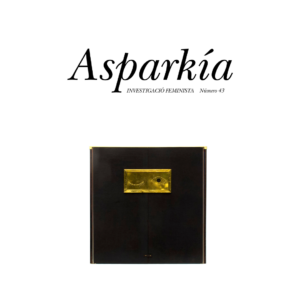 This volume takes a tour of some reflections regarding the meaning and deconstruction of space, from feminist proposals made in the artistic field. Feminism has addressed, since its beginnings, the criticism and subversion of public and private spaces and the identities that are constructed in them, as well as the search for representation and recognition. To do so, it questions the discursive frameworks of power that make up binary spaces and patriarchal, and resignifies and recognizes categories such as body, class, race, sexuality or gender in its formation. This monograph aims to function as a framework, which allows us to explore and contextualize the artistic proposals made by the various creators that make up this monograph. These are creators who use art as a place to create new meanings, both in the political and social order, and with respect to identity and gender; meanings that, in turn, drive the reappropriation and transformation of our spaces.
This volume takes a tour of some reflections regarding the meaning and deconstruction of space, from feminist proposals made in the artistic field. Feminism has addressed, since its beginnings, the criticism and subversion of public and private spaces and the identities that are constructed in them, as well as the search for representation and recognition. To do so, it questions the discursive frameworks of power that make up binary spaces and patriarchal, and resignifies and recognizes categories such as body, class, race, sexuality or gender in its formation. This monograph aims to function as a framework, which allows us to explore and contextualize the artistic proposals made by the various creators that make up this monograph. These are creators who use art as a place to create new meanings, both in the political and social order, and with respect to identity and gender; meanings that, in turn, drive the reappropriation and transformation of our spaces.
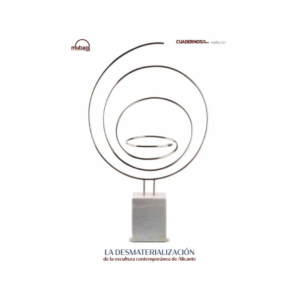
In this monographic issue, published by the Museum of Fine Arts of Alicante (MUBAG) entitled The dematerialization of contemporary sculpture in Alicante, it attempts to analyze the influence exerted by the artists Julio González (1876-1942) and Pablo Picasso ( 1881-1973), in particular, and modern sculpture, in general, about the sculptors of Alicante, focuses primarily on the concepts of dematerialization, minimalism, transparency and weightlessness.
This careful supplement to the magazine, of a hundred pages, includes eleven unpublished articles, one is dedicated to Spanish sculpture, another to Valencian sculpture and the remaining nine to as many sculptors and young artists. This interesting monograph, with color illustrations, has had the collaboration of prominent specialists and researchers.




